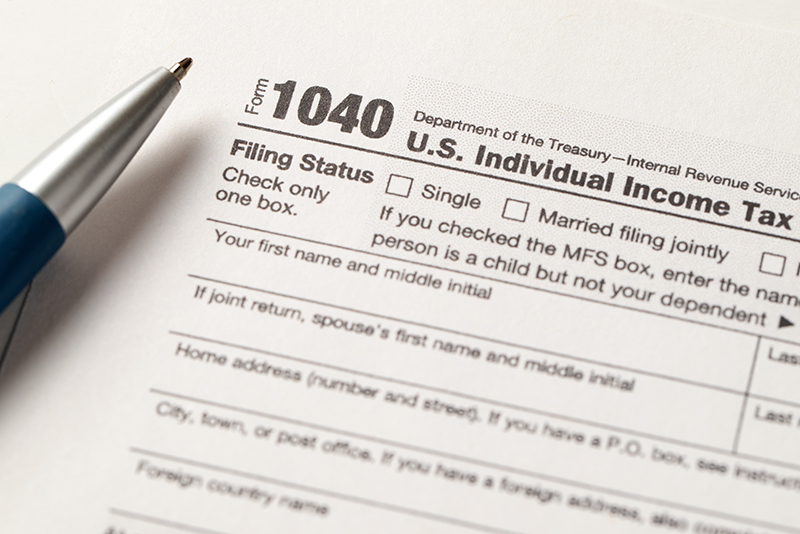Employee stock options from your employer
March, 02 2017 by Frank Thomas
Your company offers you employee stock options. The paperwork says the stock options are Nonqualified Stock Options (NQSO’s). You don’t quite understand what that means, but it sounds like a great incentive offered by your company, so you sign the paperwork your employer provided to you. A year later, when your options vest, your employer provides you with additional paperwork, which you sign, and the next thing you know there’s extra income in your paycheck. The following January you notice this additional income in your taxable wages on your Form W-2, as well as the taxes withheld on this income, so you figure as long as you include your W-2 information in your tax return, like you usually do, there is nothing else for you to report. However, in order to properly report this income in your tax return you will also need to report the sale of stock. Yes, believe it or not, you sold stock.
Many taxpayers with NQSO’s make this same mistake, which ultimately results in an IRS notice. But you can avoid this situation very simply, by reporting the sale of the stock on your tax return. What likely occurred was a “cashless exercise” of your stock options. In such a case, your employer makes arrangements with a brokerage firm, which agrees to loan you the money needed to purchase the stock from your options, so you don’t have to use your own money. They then immediately sell the stock – often the same day – with part of the proceeds being used to pay the loan, and the remaining proceeds paid to you through your employer.
This is all just a fancy way of saying that in order for you to receive the income from your stock options you had to purchase and sell your employer’s stock. For Nonqualified Stock Options, the income included in your taxable wages is usually the difference between the stock price when the stock options were offered to you (grant price) and the fair market value of the stock when purchased (exercise price) times the number of shares purchased when the options vested.
When this situation occurs, your tax return should include both your W-2 information and the sale of the stock in order to properly report this income in your tax return. Even though the income is included in your W-2 (the amount from the exercise of the Nonqualified Stock Options is generally coded V in box 12), you may also have a gain or loss from the sale of the stock. Even if the stock was immediately sold after it was purchased, you likely paid a commission to the brokerage firm, in which case the commission fee would likely represent the loss amount to include in your tax return. Or, if the sales price of the stock was an increase or decrease from the purchase price, then such gain or loss would also need to be included in your tax return. This information should be reported on Form 8949, which then flows to the Schedule D of your tax return.
You should have received a Form 1099-B from the brokerage firm that handled the stock sale. In addition, the broker or your employer likely provided you with a statement describing how the gain or loss related to the cashless exercise should be reported in the tax return, or provided you the necessary information to make the calculations in order to determine how to properly report the sale in the tax return. One word of caution: if the Form 1099-B indicates a cost of the stock, it will not include the income included in your taxable wages (for stock acquired after 2013); in this case your cost basis of the stock sold will need to be adjusted in order for you to avoid being taxed on the income twice, once in your taxable wages, and then again on the reporting of the stock sale.





